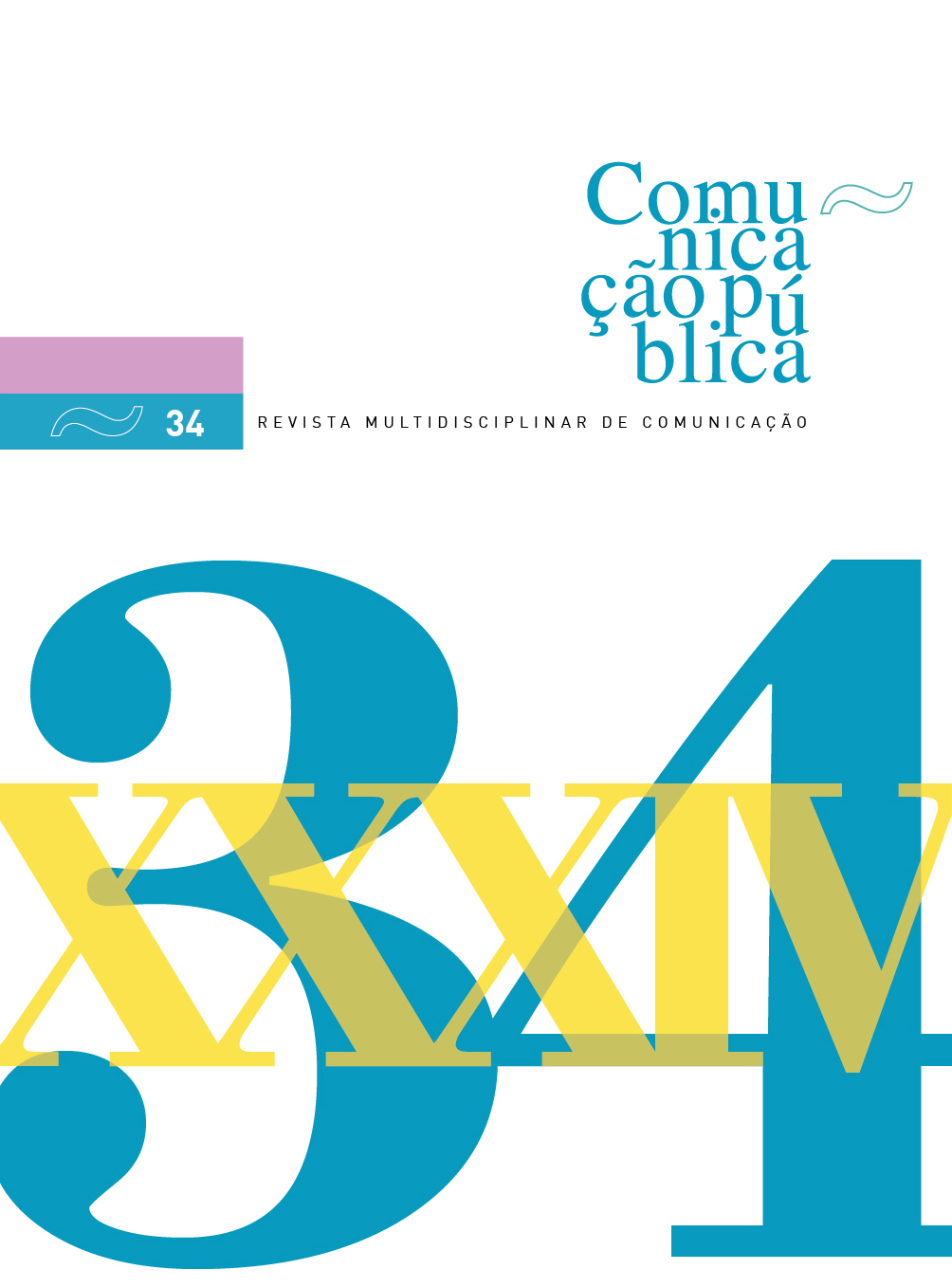The reception of the television sitcom Friends in Portugal
a comparative analysis of Generations X, Y and Z
DOI:
https://doi.org/10.34629/cpublica.743Keywords:
audio-visual reception, entertainment, television fiction, sitcom, FriendsAbstract
The aim of this article is to analyse the reception of the American television sitcom Friends in Portugal, by comparing generations X, Y and Z. The analysis focuses on generational differences on the reception and the acquired gratifications regarding a sitcom that reached an influence and a longevity that goes well beyond its ten seasons. Adopting a quantitative approach, data was collected through a survey, with a sample of 608 respondents from generations X, Y and Z. It was possible to analyse the differences in the way these three generations make meaning out of this media content, confirming that they are looking for distinct gratifications and develop different identification and empathy connections with the characters. The results thus show the impact of a sitcom originally produced more than twenty years ago that not only transcends generations but also impacts them differently.
Downloads
References
Alasuutari, P. (1996). Television as a Moral Issue. In P. L. Crawford & S. B. Hafsteinsson (Eds.), The construction of the viewer: Media ethnography and the anthropology of audiences (pp. 101-117). Intervention Press.
Allen, R. (1980). Functionalism and use and gratifications: A comparison and contrast. Delaware.
Austerlitz, S. (2019). Generation Friends. Dutton.
Doherty, C., Kiley, J., Tyson, A., & Jameson, B. (2015, September). The whys and hows of generations research. Pew Research Center, 17.
Dou, W., Wang, G., & Zhou, N. (2006). Generational and regional differences in media consumption patterns of Chinese generation x consumers. Journal of Advertising, 35(2), 101-110. https://doi.org/10.1080/00913367.2006.10639230.
Fedele, M. (2011). El consum adolescent de la ficció seriada televisiva (p. 254). Universitat Autònoma de Barcelona. http://www.tdx.cat/handle/10803/83502
Grandío, M. (2009). El entretenimiento televisivo. Un estudio de audiencia desde la noción de gusto. Comunicación y Sociedad, 22(2), 139-158.
Hargrave, A. M., & Gatfield, L. (2002). Soap box or soft soap? Audience attitudes to the British soap opera. Broadcasting Standards Comission.
Haridakis, P., & Hanson, G. (2009). Social interaction and co-viewing with YouTube: Blending mass communication reception and social connection. Journal of Broadcasting and Electronic Media, 53(2), 317-335. https://doi.org/10.1080/08838150902908270.
Herzog, H. (1941). On Borrowed Experience. An Analysis of Listening to Daytime Sketches. Studies in Philosophy and Social Science, 9(1), 65-95.
Inglehart, R. (1977). The silent revolution – Changing values and political styles among western publics. Princeton University Press.
Jiménez, A. G., López, M. C., & Pisionero, C. G. (2012). A vision of uses and gratifications applied to the study of internet use by adolescents. Communication and Society, 25(2), 231-254. https://doi.org/10.15581/003.25.36168.
Knobloch-Westerwick, S., Westerwick, A., & Sude, D. J. (2019). Media choice and selective exposure. In M. B. Oliver, A. A. Raney, & J. Bryant (Eds.), Media effects: Advances in theory and research (4th Ed.). Routledge. https://doi.org/10.4324/9780429491146.
Knox, S., & Schwind, K. H. (2019). Friends: A reading of the sitcom. Palgrave Macmillan.
Kutulas, J. (2018). Anatomy of a hit: Friends and its sitcom legacies. Journal of Popular Culture, 0(0), 1-18. https://doi.org/10.1111/jpcu.12715.
Lacalle, C. (2015). Young people and television fiction. Reception analysis. Communications, 40(2), 237-255. https://doi.org/10.1515/commun-2015-0006.
Lazarsfeld, P. F., & Merton, R. K. (1948). Mass communication, popular taste and organized social action. Media studies: A reader (2nd Ed., pp. 18-30). Edinburgh University Press, 1999.
Livingstone, S. (1988). Why people watch soap opera: An analysis of the explanations of British viewers. European Journal of Communication, 3, 55-80.
Livingstone, S. (2004). Media audiences: Effects, users, institutions, and power. Sage.
McQuail, D., & Deuze, M. (2020). McQuail’s media and mass communication theory. Sage.
Rubin, A. (2009). Uses and gratifications perspective on media effects. In J. Bryant, & M. B. Oliver (Eds.), Media effects: Advances in theory and research (3rd ed., pp. 533-547). Routledge. https://doi.org/10.4324/9780203877111-14.
Ruggiero, T. E. (2000, February). Uses and gratifications theory in the 21st Century. In R. Wei (Ed.), Refining Milestone Mass Communications Theories for the 21st Century, 36-70. https://doi.org/10.4324/9781315679402-4.
Sandell, J. (1998). The personal is professional on TV. I’ll be there for you: Friends and the fantasy of alternative families. American Studies, 39(2), 141-155.
Smith, M. (2022). Engaging characters: Fiction, emotion, and the cinema. Oxford University Press.
Tefertiller, A., & Sheehan, K. (2019). TV in the streaming age: Motivations, behaviors, and satisfaction of post-network television. Journal of Broadcasting and Electronic Media, 63(4), 595-616. https://doi.org/10.1080/08838151.2019.1698233.
Todd, A. M. (2011). Saying goodbye to Friends: Fan culture as lived experience. Journal of Popular Culture, 44(4), 854-871. https://doi.org/10.1111/j.1540-5931.2011.00866.x.
Zsila, Á., Orosz, G., Demetrovics, Z., & Urbán, R. (2020). Motives for viewing animated sitcoms and their associations with humor styles, positivity, and self-criticism in a sample of Hungarian viewers. Plos One, 15(3), 1-18. https://doi.org/10.1371/journal.pone.0230474.
Downloads
Published
Issue
Section
License
Copyright (c) 2023 Direitos do Autor (c) 2023

This work is licensed under a Creative Commons Attribution-NonCommercial 4.0 International License.
Os conteúdos da Comunicação Pública estão licenciados com uma licença Creative Commons - Atribuição-NãoComercial 4.0 Internacional.


